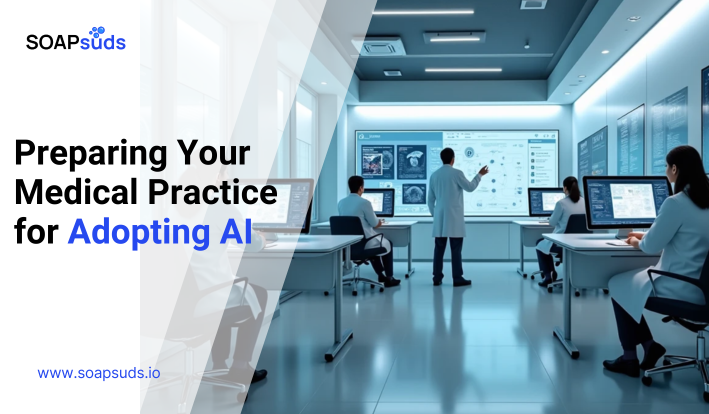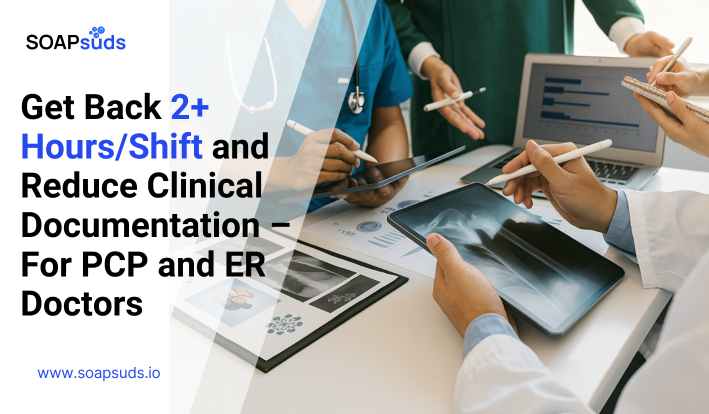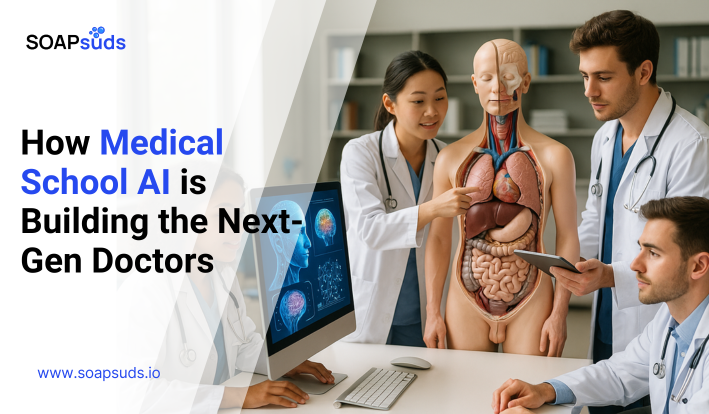Is Speech Recognition a Reliable Tool for Medical Documentation?
SOAPsuds team
Published: 12/10/2024
SOAPsuds team
Published: 12/10/2024
We hope this FAQ page answers your questions about SOAPsuds. If you have additional inquiries or need further clarification, don't hesitate to reach out to us
How accurate is system speech recognition?
What are the limitations of a speech recognition system?
What is the error rate for speech recognition?
Is speech recognition faster than typing?

Artificial Intelligence is quickly advancing, reshaping industries and changing the way we live, work.

Struggling with long hours of medical charting? AI dictation tools like SOAPsuds can help you

The integration of AI Medical Scribes in healthcare is proving to be a crucial...

AI is changing how doctors are trained, improving accuracy in diagnosis, speeding up learning,

Imagine visiting a new doctor with persistent health concerns, only to receive an incorrect diagnosis...

Million people in the U.S. experience speech or language difficulties, and Speech-Language Pathologists (SLPs)...
Clinical Notes
SOAP notes
DAP notes
AI medical notes